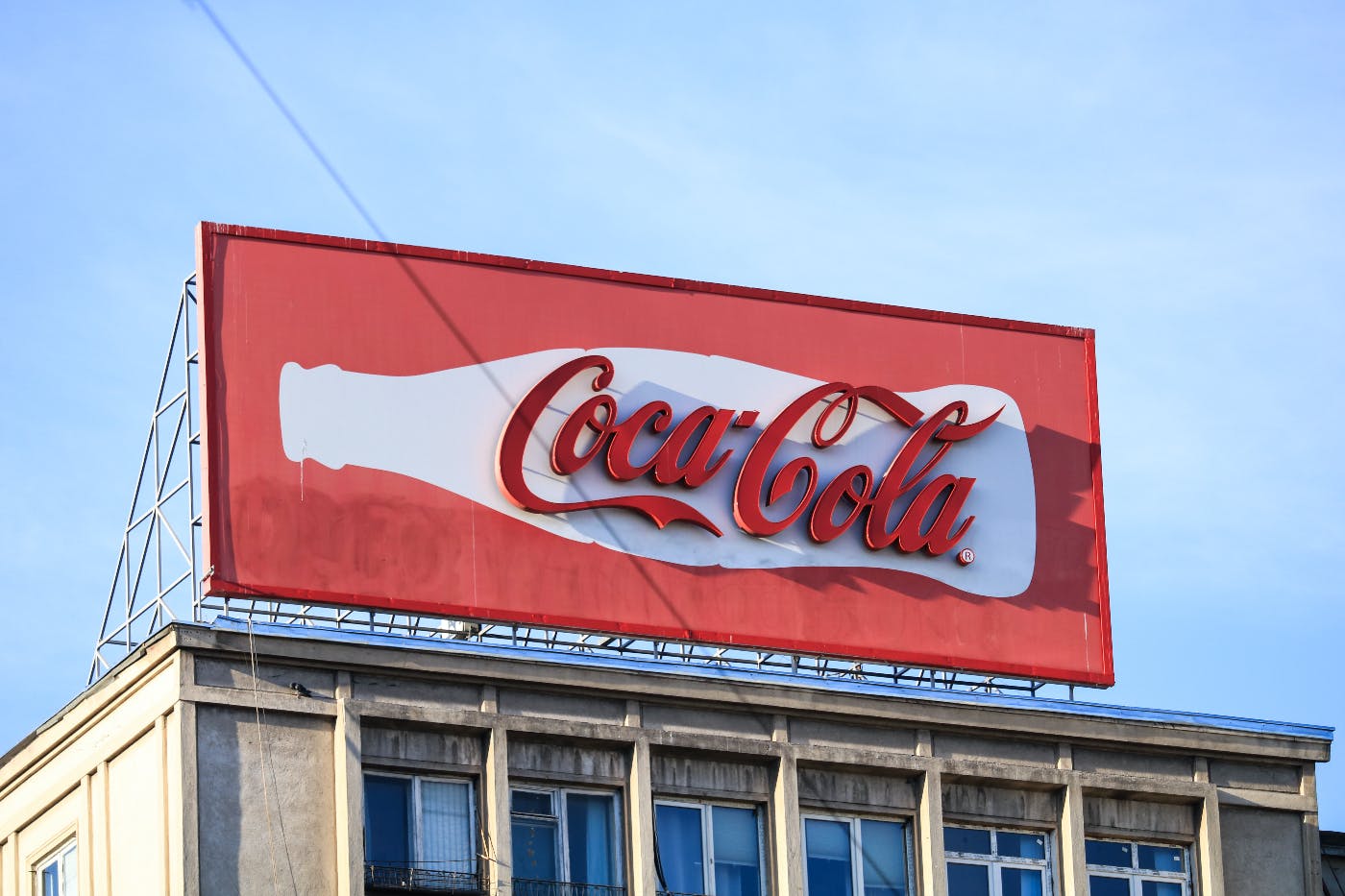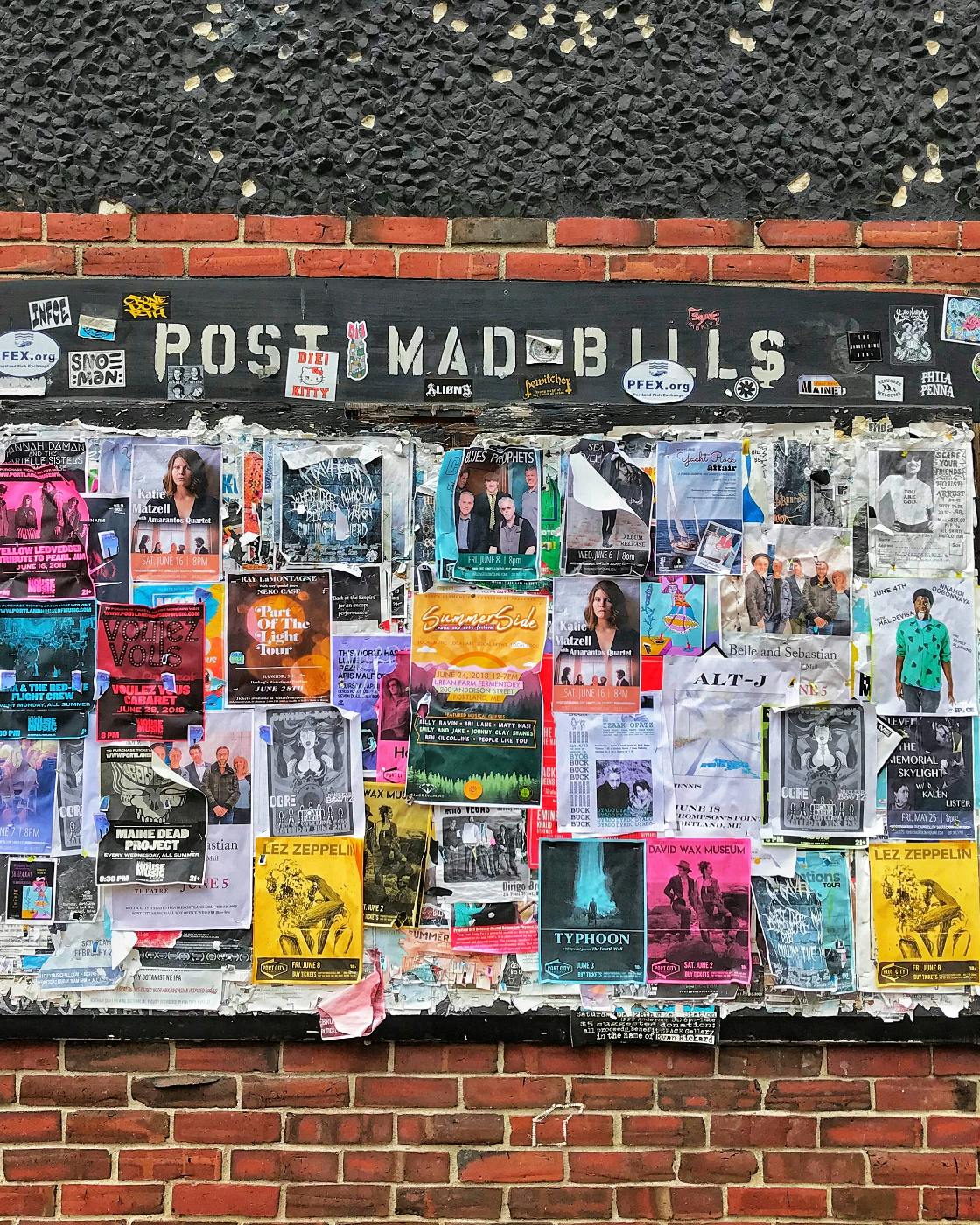
Paid advertising can effectively drive traffic to your website and increase sales, but it can also be a significant investment. To ensure that you are getting the most out of your advertising dollars, it's essential to focus on maximizing your return on investment.
Paid advertising can effectively drive traffic to your website and increase sales, but it can also be a significant investment. To ensure that you are getting the most out of your advertising dollars, it's essential to focus on maximizing your return on investment (ROI). This means using strategies that will help you get the most out of your advertising budget and generate more revenue for your business. This article will discuss some strategies for maximizing ROI with paid advertising, specifically with Google Ads and Facebook Ads.
Google Ads
Google Ads, formerly Google AdWords, is a powerful advertising platform allowing businesses to create ads that appear in Google search results. Here are some strategies for maximizing ROI with Google Ads:
Use Targeted Keywords
One of the most important strategies for maximizing ROI with Google Ads is to use targeted keywords. This means choosing keywords relevant to your business and likely to be searched by potential customers. By using targeted keywords, you can ensure that your ads are being shown to the right audience, which can increase the likelihood of them clicking on your ad and making a purchase.
Create Compelling Ads
Another important strategy for maximizing ROI with Google Ads is to create compelling ads. Your ads should be eye-catching and persuasive, with a clear call to action that encourages users to click through to your website. Additionally, your ads should highlight the unique value proposition of your business and why customers should choose your products or services over your competitors.
Test and Refine Your Ads
To ensure you are getting the most out of your advertising dollars, testing and refining your ads is essential. This means creating multiple variations of your ads and testing them to see which ones perform best. Once you have identified the most effective ads, you can refine them further to improve their performance even more.
Use Ad Extensions
Ad extensions are additional pieces of information that can be added to your ads, such as phone numbers, location information, and links to specific pages on your website. By using ad extensions, you can provide users with more information about your business and make it easier for them to take action, such as calling your business or visiting your website.
Monitor Your Campaigns
Finally, it's essential to monitor your Google Ads campaigns regularly. This means tracking your ad spend, monitoring your click-through rates and conversion rates, and making adjustments as needed. By monitoring your campaigns, you can identify areas where you can improve your ROI and make changes to optimize your campaigns for better results.
Facebook Ads

Facebook Ads is another powerful advertising platform that allows businesses to target specific audiences with ads that appear in the Facebook news feed. Here are some strategies for maximizing ROI with Facebook Ads:
Use Targeted Audiences
One of the most important strategies for maximizing ROI with Facebook Ads is to use targeted audiences. This means choosing audiences relevant to your business and likely to be interested in your products or services. By using targeted audiences, you can ensure that your ads are being shown to the right people, increasing the likelihood of them clicking on your ad and making a purchase.
Create Compelling Ads
Like with Google Ads, creating compelling ads is essential for maximizing ROI with Facebook Ads. Your ads should be eye-catching and persuasive, with a clear call to action that encourages users to click through to your website. Additionally, your ads should highlight the unique value proposition of your business and why customers should choose your products or services over your competitors.
Use Retargeting
Retargeting is a powerful strategy that involves showing ads to people who have already interacted with your business, such as by visiting your website or adding items to their cart but not checking out. Those customers are not entirely lost to you; retargeting can get them and more one-time customers back and buying again.
Comparing the Two
Google Ads and Facebook Ads are two of the most widely used advertising platforms in the digital marketing industry. While both are designed to help businesses reach their target audience, they differ in terms of their targeting options, ad formats, and user intent. Let’s explore the differences between Google Ads and Facebook Ads to help you decide which platform to use for your advertising needs.
Targeting Options
Google Ads offers a wide range of targeting options based on keywords, location, device, language, and audience demographics. The platform allows advertisers to target users based on their search queries, meaning businesses can reach customers actively looking for their products or services. This is particularly useful for businesses offering niche products or services, as it allows them to reach users actively searching for what they offer.
On the other hand, Facebook Ads allow businesses to target users based on their interests, behaviors, and demographics. This means that businesses can target users who may not be actively looking for their products or services but are likely to be interested in them based on their interests and behaviors. This is particularly useful for businesses that offer products or services that are more general in nature, as it allows them to reach a wider audience.
Ad Formats

Google Ads offers a range of ad formats, including text ads, display ads, video ads, and shopping ads. Text ads are the most basic format and appear on the search results page when a user searches for a relevant keyword. Display ads appear on websites that are part of Google's ad network, while video ads appear on YouTube and other video-sharing platforms. Shopping ads allow businesses to display their products with images and prices, making it easier for users to find and purchase them.
On the other hand, Facebook Ads offers a range of ad formats, including image ads, video ads, carousel ads, and collection ads. Image ads are the most basic format, consisting of a single image and some text. Video ads allow businesses to tell a story or showcase their products through video content. Carousel ads allow businesses to display multiple images or videos in a single ad, while collection ads allow businesses to showcase their products in a visually appealing way.
User Intent
One of the most significant differences between Google Ads and Facebook Ads is user intent. Google Ads target users actively looking for products or services, making them more likely to convert into customers. On the other hand, Facebook Ads target users who may not be actively looking for products or services, which means that they are less likely to convert into customers.
This doesn't mean that Facebook Ads are less effective than Google Ads. It simply means businesses must approach their advertising strategies differently on each platform. Businesses that offer niche products or services may find that Google Ads are more effective for reaching their target audience. In contrast, businesses that offer more general products or services may find that Facebook Ads are more effective for reaching a wider audience.
Summing Up
Both Google Ads and Facebook Ads are powerful advertising platforms that can help businesses reach their target audience. While they differ in terms of their targeting options, ad formats, and user intent, businesses can use both platforms to create effective advertising campaigns. The key is understanding your target audience and choosing the platform best suited to your advertising goals.
With the right approach, businesses can use Google Ads and Facebook Ads to reach new customers, increase brand awareness, and drive sales. Knowing the right approach can be difficult, so consult a creative agency with decades of experience creating both types of ads. Talk to the pros at ThoughtLab and get your ads in gear.

